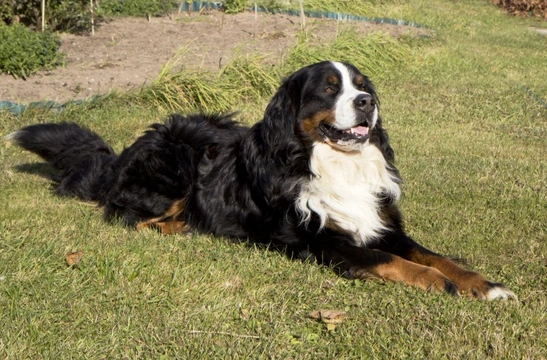
10 Most Expensive Dog Breeds To Own
Making the decision to buy a dog is not something to take lightly, and even if you have enough money put by to make a purchase and buy your dog a collar, lead and other essentials, are you sure that you can afford to keep your dog happy and healthy for life?
The lifetime cost of owning a dog of any type that lives to a healthy old age usually falls well above £10,000 when you factor in their lifetime costs, and some dogs cost considerably more than this to take care of too!
Lifetime costs
Exactly how much it costs to take care of a dog properly for its entire lifetime can be highly variable, even across dogs of the same breed. Factors that will affect the cost of ownership include the amount and quality of food that your dog eats, as well as various other size-related things including the cost of veterinary treatments such as wormers and flea repellent, and the general health of the dog, which encompasses your potential future vet’s fees and how much your dog will cost you to insure.
So, before you get your chequebook out to purchase that pedigree puppy you’ve had your eye on, peruse our list of some of the most expensive dog breeds to own, with a little information on why they can be so costly.
The Great Dane
The Great Dane is an incredibly handsome dog that is both large and tall, which can be very costly to own! Not only do they tend to be expensive to purchase, but the sheer amount of food required to keep a Great Dane full is costly, and they also need the largest of everything else too, from accessories such as beds, to regular treatments such as wormers and flea repellents. The breed is also one of those with a high propensity to developing GDV or bloat, an acute condition that can prove fatal and requires emergency surgery. This alone can cost the Great Dane owner several thousand pounds!
The English Bulldog
The English bulldog is a medium sized but hefty, stocky dog with a very hearty appetite, but the high costs of ownership here come from the English bulldog’s breed and propensity to health problems, rather than their size. Bulldog puppies commonly need to be delivered by caesarean section, and this is just the start of a lifetime of a potentially costly long relationship with the vet! Bulldogs commonly have problems with their hips and limbs, as well as potential issues due to their brachycephalic faces, making them one of the most expensive breeds to insure.
Basset hound
The Basset hound’s distinctive shape comes due to a canine form of achondroplasia, or dwarfism, which gives them their long backs and short legs. The Basset may therefore be prone to development problems with their spine and legs, particularly if they cause themselves an injury, and their long, drooping ears are more likely than most to pick up mites and infections too.
The Saint Bernard
The Saint Bernard is a giant breed that is very heavy as well as tall, and they have one of the largest appetites of any breed of dog! Simply providing enough good quality food for the breed can be prohibitively expensive, even before you consider the costs of veterinary care and all of the accessories that dogs of the breed need throughout their lives.
Tibetan mastiff
The Tibetan mastiff is another huge dog breed that eats huge amounts, and needs everything else in extra-large sizes too. This breed is also relatively uncommon and generally very expensive to buy, meaning that the cost of insuring them usually runs to well over £50 a month on its own.
Newfoundland
The huge, water-loving Newfoundland dog has a really lovely personality, but they will soon eat you out of house and home, making a serious dent in your bank balance! The Newfoundland is also prone to hip and back problems, and the cost of surgery for a dog of this size often runs to many thousands of pounds.
French bulldog
The French bulldog is a small, loving companion dog that is very appealing as a pet, and one that is ever growing in popularity. While their food intake is proportionate to their size, this breed is expensive to insure and often, requires costly veterinary care, due to certain breed specific traits such as a large head and narrow hips that make conception and natural delivery challenging.
Irish wolfhound
The Irish wolfhound is one of the tallest breeds of dog in the world, and many people underestimate their great size until they see one close up! Like all tall, active dogs, the Irish wolfhound has a hearty appetite, and needs a large bed, home and accessories, which can soon prove expensive.
Bernese mountain dog
The Bernese mountain dog needs a lot of food, and also a lot of attention in terms of their coat care, which may mean the added cost of regular trips to the grooming parlour. Added to this, they also have one of the highest occurrence rates of cancer of any canine breed, making them costly to both treat and insure, due to their large size and known hereditary health challenges.
Chow Chow
The Chow Chow is a large, fluffy Chinese breed that can soon prove expensive to keep! Not only do they eat a lot, but they are also rather prone to having chronic or ongoing health issues, including eye problems, autoimmune disorders, and hypersensitivity to fleas. These factors, in combination with the breed’s large size and high purchase price, makes them one of the most expensive to insure and care for.



